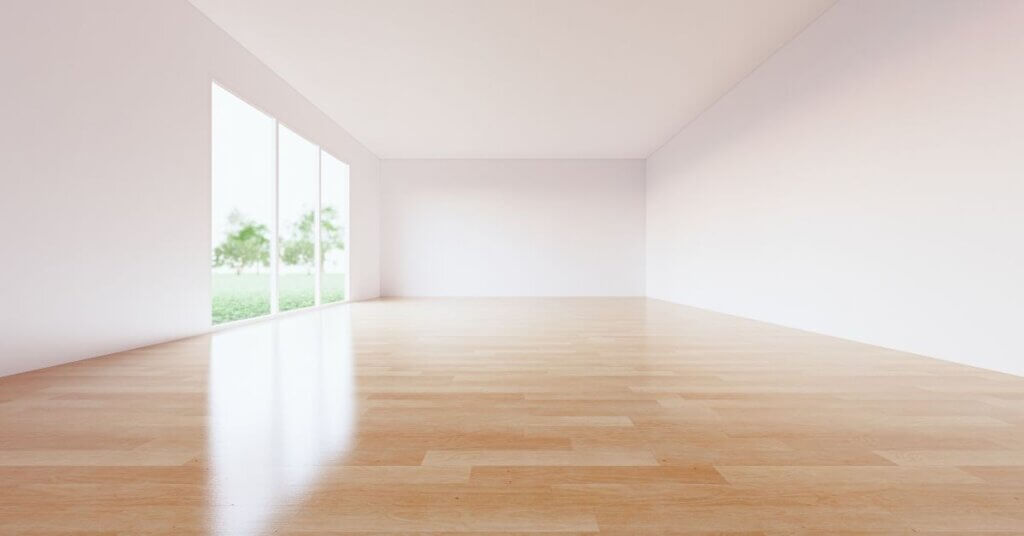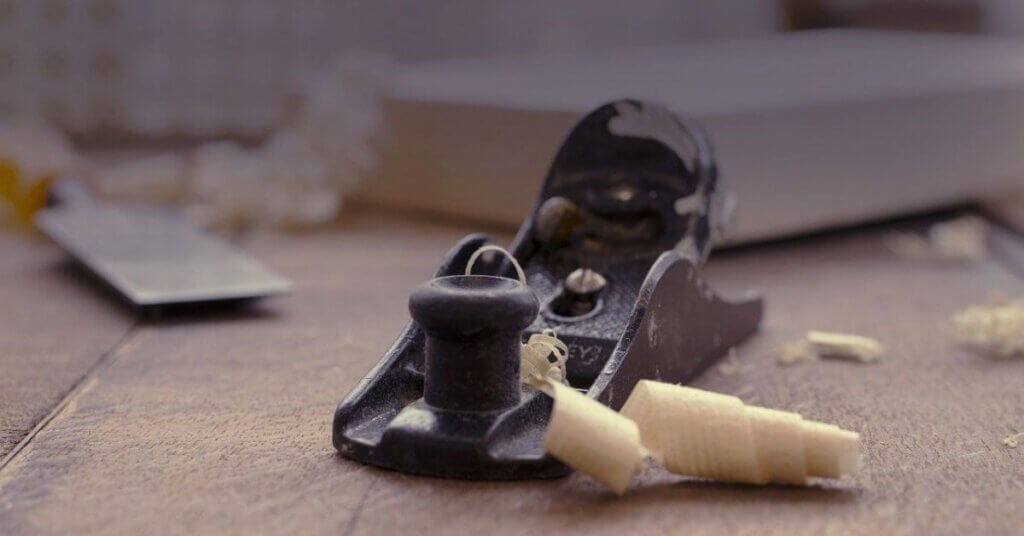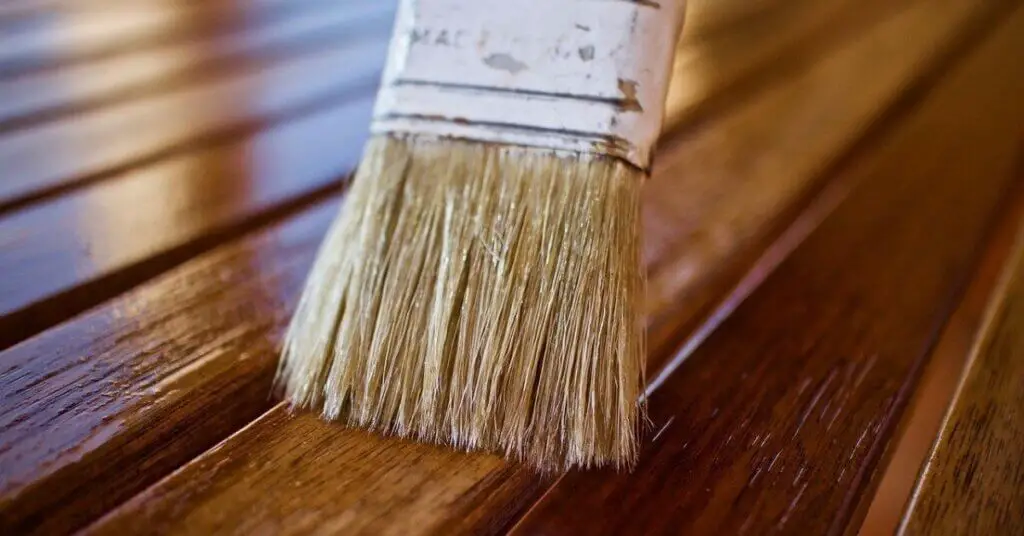Overview
Poplar(Populus) is a light, strong, and shock-resistant wood. This is a great wood, which can be used for many purposes. Poplar wood is commonly used for making furniture, paper, craft, cabinets, wooden toys, plywood, etc.
Poplar is a common name of 25–30 species of deciduous flowering plants in the family Salicaceae, It is native to the Northern hemisphere. Each species has its own distinctive characteristics.
It is a fast-growing tree that grows about 3 to 5 feet per year in good climates. Poplar trees are easy to care for and pruning is not necessary. So, this tree is popular for the people.
| Scientific name | Populus |
| Wood color | Light cream to yellowish-brown |
| Tree size | 15–50 m (49–164 ft) tall, 2.5 m (8 ft 2 in) wide |
| Workability | Easy to work with |
| Finishing | Finishes well. |
| Rot Resistant | Susceptible to insect attack |
| Availability | Widely available |
| Type | Hardwood |
| Uses | Furniture frames, paper (pulpwood), and plywood |
Poplar wood used for

1. Furniture and Furniture frame
Poplar wood is strong, light-colored, and inexpensive. Because of its great workability and wide availability, Wood is widely used for making strong furniture and furniture frames.
2. Paper (pulpwood)
The density of poplar wood is very low and it has a straight grain. Yellow poplar wood is used a lot in the paper industry to make fine paper, tissue, paperboard, newsprint, and packaging paper.
3. Plywood
Poplar wood is used to make plywood and veneer sheets. Poplar plywood is a versatile material that is used to make many wooden projects. Plywood costs less than solid wood.
4. Decorative wood species
Poplar wood is widely used for making Small decorative items. Which is in high demand in the market.
Working with Poplar wood

Poplar is very easy to work with, It responds very well to machine and hand tools. It is a soft hardwood, the Janka hardness can range from 300 to 540 lbf.
Due to the softness, it is better to use a sharp cutting blade to avoid a fuzzy surface. Blunt blades may cause fuzzy surfaces.
There is a tendency to warp and distort during drying. Therefore, use only after the wood has dried well. Poplar wood Glue and finish well.
Finishing Poplar wood

Can you stain poplar wood?
Yes, you can stain poplar, but it’s not an easy process. Poplar absorbs stains inconsistently. So that project looks blotchy. This problem is caused by the quick absorption of the stain. To avoid this problem there are some steps that will have to be followed.
How to stain Poplar wood?
By the way, oil-based stains are considered better for hardwood or dark wood. But it is not a good idea to use it directly on poplar wood.
Step 1: Pre-stain wood conditioner is an effective solution to blotchiness. So, before applying oil stain, apply one to two coats of wood conditioner. By doing this, a thin layer is formed on the wood surface and seals the wood grains, Which slows down the process of quick absorption of the stain.
Keep the 15 to 20 minutes time interval between the first and second coats of wood conditioner. Allow the wood conditioner to dry well then move to the next step.
Step 2: After the Pre-Stain Wood Conditioner coats, an oil-based stain can be applied. Now this stain will consistently absorb and give a uniform look.
Gel Stain: Gel stain is another staining option. It is a mineral spirit and resin mixed with the colorant to produce a thick gel. It is a dark brown that is applied with clean cotton.
A pre-stain wood conditioner is not required before applying the gel stain. Due to the sufficient thickness, the gel stain dries slowly as compared to the oil stain. Gel stain absorbs consistently and gives a uniform look.
The main disadvantage of gel stain is that it tends to overlap the natural color of the wood. So you will see the wood grain but the natural color of the wood is not visible.
Is poplar wood easy to paint?
Poplar wood takes paint (oil-based or latex) extremely well. It looks beautiful and premium after being painted.
How to paint poplar wood?
The wood has to be prepared before painting So that after painting the surface of the wood looks smooth. Poplar wood tends to have fuzzy surfaces and edges during cutting. They need to be removed before painting.
Sanding: Sanding the wood for the paint is the first step. So that the surface of the wood becomes clean and smooth.
If you have purchased a wood piece, the sanding is likely already done. But you have to do light sanding (320 to 400 Grit) before moving to the next steps.
After the sanding, you have to clean the wood surface and corners with a dry cloth.
Wood Primer: Wood primer is helpful for getting smooth and shining paintings. It repairs the wood grain and increases the durability of the paint. Also, It strengthens the bond between the paint and the wood.
There are generally three main types of primer: latex, oil-based, and shellac. Oil-based primer is a great choice for poplar wood.
You should apply two coats of primer. After applying the first coat, allow it to dry for 18 to 24 hours then apply the second (final)coat. Make sure that each part of the wood is thoroughly coated with primer.
After the primer, Now we are ready to paint.
Paint: Oil-based or latex paint performs well with poplar wood. We will also do two coats of paint and keep a time gap between each coat. Apply paint parallel to the grain of the wood.
While the paint is the final finishing process, the paint should be done in a dust-free place. The paint should be allowed to dry well, 2 to 3 hours for latex paints, and up to 8 to 12 hours for oil-based paints.
The hardness of Poplar wood
Poplar belongs to the hardwood category but it is not hard. Balsam Poplar whose Janka hardness is 300lbs. Which is less than the many softwood species.
The Janka scale is used to determine the relative hardness of wood species.
Due to low Janka hardness and low density, there is a possibility of getting dents and scratches easily. That’s why poplar wood is not suitable for making flooring.
Is Poplar wood strong?
Yes, Poplar wood is naturally strong and stable. But it is not as hard as other hardwood.
Poplar wood is preferable for making furniture frames rather than furniture. Pine and oak are considered better for making furniture than poplar wood.
But we often see furniture made of poplar wood. Which is durable and stable for indoor use.
Does Poplar wood have rot resistance?
The heartwood of wood is durable but susceptible to insect attack. Poplar wood does not have rot-resistant properties. Because of this, it is considered less suitable for outdoor uses. It starts to rot very quickly in moisture and exposing weather.
Wood can be made durable for a few years by using paints and polishes. But treated poplar wood may be a better option in the long run. Treated poplar wood performs well in moisture and exposed weather compared to untreated wood.
Treated wood can cost twice as much as untreated wood.
Price
Poplar is inexpensive hardwood, but not the cheapest. The main reason for being cheap is that it is soft, less durable, and less stable compared to the other hardwoods.
The average price of poplar wood is $ 5.00 /Board Feet. By the way, the price of poplar lumber depends on many things. Such as types of poplar wood, quality, and quantity. Another factor in cost is whether or not that wood is native to your area.
If we compare the price of poplar wood with other wood.
Red oak costs more than poplar and there is not much difference between the price of pine and poplar wood.
Poplar wood Advantages
1. East to work
The main advantage of poplar wood is its great workability. Being soft enough, it can be worked easily. The density of poplar wood is low and does not have irregular and interlocking grains. Carpenters love to work with poplar because it saves resources and time.
Poplar wood is light in weight, which makes it easy to transport and work on height.
2. Inexpensive
Generally, we know that the cost of hardwood is high because of its high demand and the growth rate of the tree is slow. But poplar wood is available at a lower cost than many hardwoods.
If you buy from the native place of Poplar, then it will be even cheaper, especially in the Eastern United States where it grows naturally.
3. Widely Available
Poplar wood is available easily. This is not listed in the CITES Appendices or on the IUCN Red List of Threatened Species.
Poplar wood Disadvantages
1. Low Density
Poplar hardwood is a soft wood. So, there is a possibility of getting dents and scratches easily and there is a fuzzy surface. So the finishing is not done very well.
2. Required Regular Maintenance
Poplar wood is susceptible to insects and rot. So it needs regular care and maintenance. Paint and polish is better option. But this is an extra cost for owners.
3. Not Easily Stained
Poplar wood does not stain properly, wood absorbs stains inconsistently. Because it absorbs the stain very quickly. Pre-stain is a better solution for the blotchy stain.
4. Allergies/Toxicity:
No serious problems have been noted when working with poplar wood. But Poplar has been reported as a common reaction including eye, skin, and respiratory irritation.
Any type of wood dust can be a big problem for asthma patients. Be careful while working with any wood. Wear goggles for the eyes and cover the exposed part of the body.
Types of Poplar
Balsam Poplar (Populus balsamifera)
Balsam Poplar is light in weight wood. It is native to Canada and the northern United States. It is a medium-sized, fast-growing deciduous tree. The length of its tree is about 80-100 ft (25-30 m) and trunk diameter is 3-5 ft (1.0-1.5 m). The Balsam Poplar tree has a long, straight, cylindrical bole with an open crown.
The heartwood is light brown to dark grayish brown and the sapwood is light-colored, creamy to almost white. It has straight grains with a fine texture.
Hardness and weight: Its Janka hardness is 300 lbf (1,330 N). Dried weight is 23 lbs/ft3 (370 kg/m3).
Workability: Generally Balsam Poplar wood is easy to work with hand and machine tools. Due to its low density, nailing and screwing are easily done.
Uses: Boxes, crates, baskets, excelsior, veneers, plywood, drawer bottoms, core stock, and decorative wood species.
Black Poplar (Populus nigra)
Black Poplar is commonly known as Lombardy Poplar, Mappa burl. It is native to Europe, western Asia, Northern Africa; planted as an ornamental in North America. It is a medium-sized tree, The tree is about 65-100 ft (20-30 m) tall, 3-5 ft (1-1.5 m) trunk diameter.
It is low bending strength, low stiffness, and shock resistance wood.
The heartwood is light brown and the sapwood is a pale yellow to nearly white. It usually has a straight grain to a slightly irregular or interlocked grain. Fine texture with a natural luster.
Hardness and weight: Its Janka hardness is 460 lbf (2,020 N). Dried weight is 24 lbs/ft3 (385 kg/m3).
Workability: Black poplar is easy to work with hand and machine tools. Due to the softness of the wood, there may be a fuzzy surface while cutting. To avoid fuzzy surfaces, use sharp cutters.
Uses: Furniture carcasses, boxes and crates, plywood, laminated construction lumber, drum shells, fine furniture, and inlays.
White Poplar (Populus alba)
White Poplar is commonly known as Silver Poplar. It is Distributed from southern/central Europe to central Asia. It is soft and light in weight. White poplar is a medium-sized tree, The tree is about 50-80 ft (15-25 m) tall and the trunk diameter is 2-3 ft (.6-1.0 m).
The heartwood is light brown with a white stripe and the sapwood is nearly white. It usually has a fine grain pattern, with a medium texture and low natural luster.
Hardness and weight: Its Janka hardness is 410 lbf (1,820 N). Dried weight is 28 lbs/ft3 (440 kg/m3).
Workability: It is a soft hardwood that is easy to work with hand and machine tools. White poplar takes manipulation with a saw, lathe, or router well.
Uses: Ceiling molding and trim, Toys, carvings, crates, pallets, furniture frames.
Yellow Poplar (Liriodendron tulipifera)
Yellow Poplar is commonly known as Tulip Poplar and American tulip. It is native to the Eastern United States. It is Extremely stable, relatively stiff, and rather light in weight.
Yellow poplar is a medium-sized, fast-growing deciduous tree. The height of its tree is about 130-160 ft (40-50 m) and trunk diameter is 6-8 ft (1.8-2.5 m).
The heartwood is light cream to yellowish brown and the sapwood is a pale yellow to white. It usually has a uniform grain, with a medium texture. Low natural luster.
Hardness and weight: Its Janka hardness is 540 lbf (2,400 N)). Dried weight is 29 lbs/ft3 (455 kg/m3).
Workability: Very easy to work with hand and machine tools. Due to its softness, it sometimes leaves fuzzy surfaces and edges. So there may be a problem with finishing.
Uses: Pallets, crates, upholstered furniture frames, paper (pulpwood), plywood, and decorative wood species.

